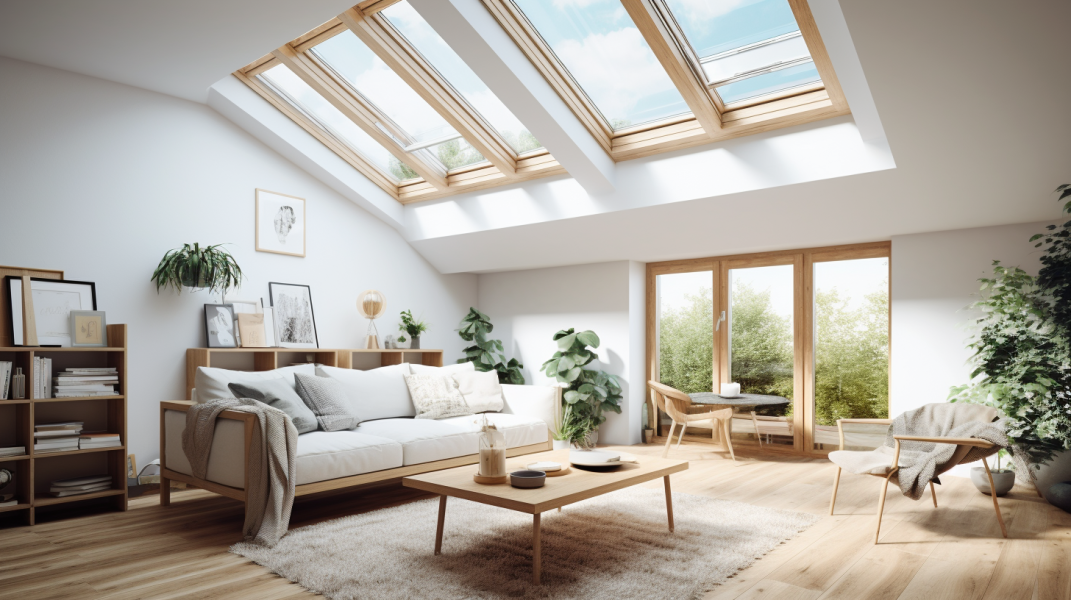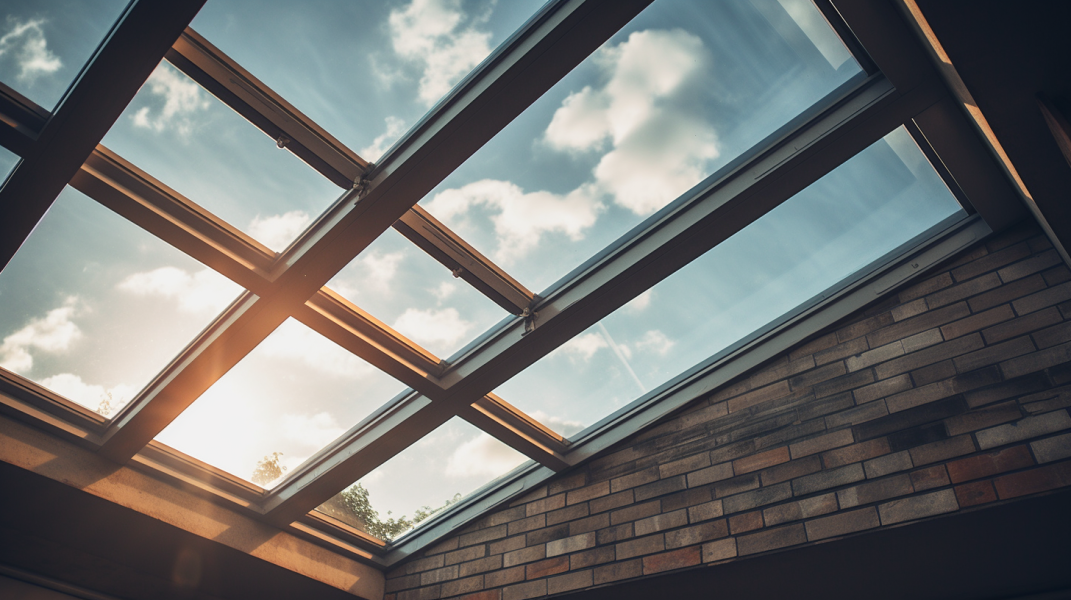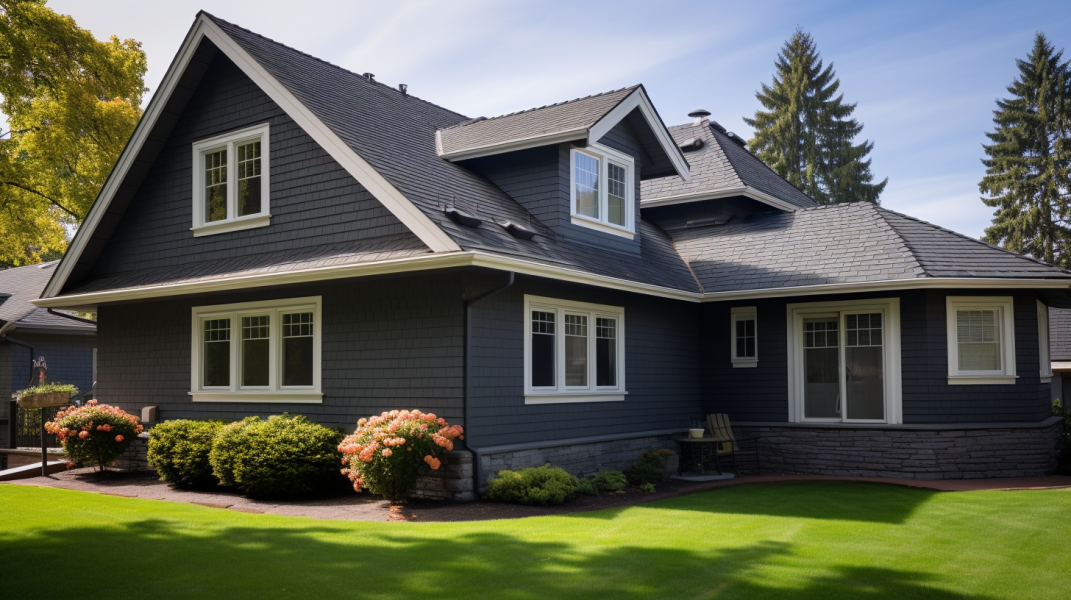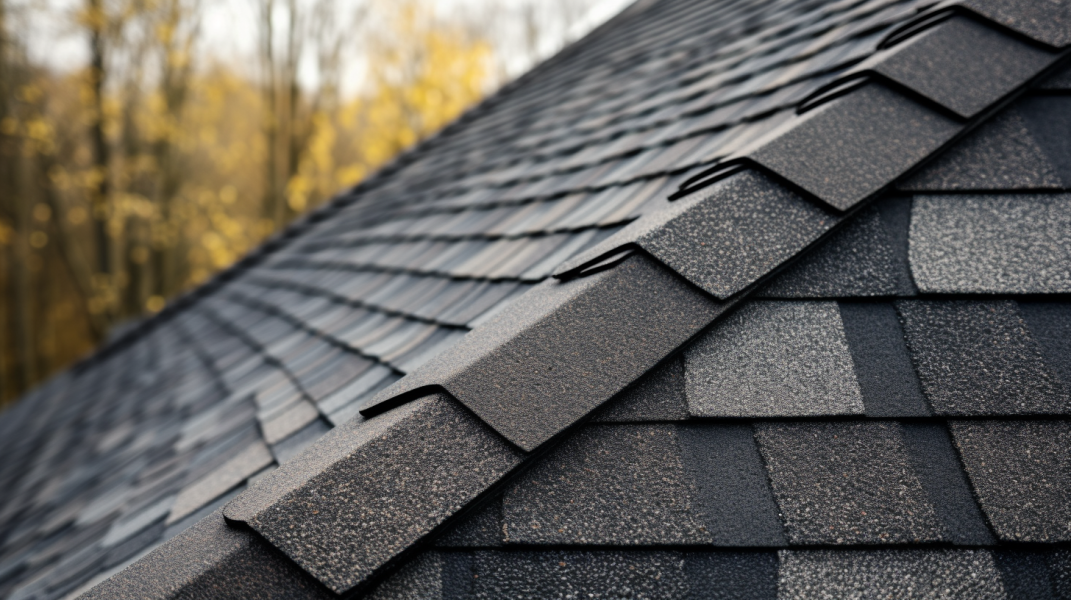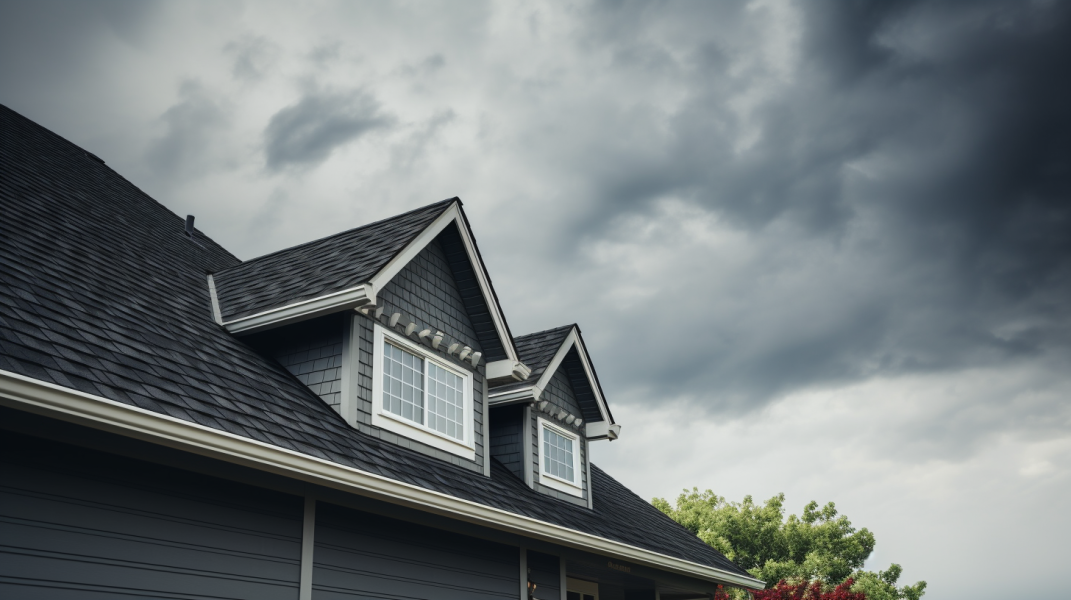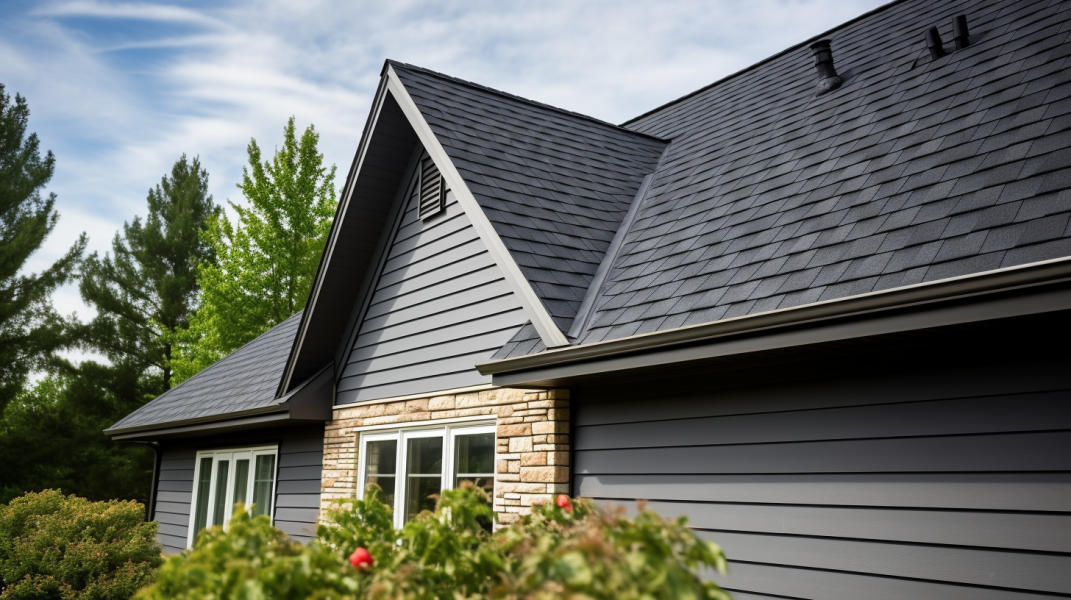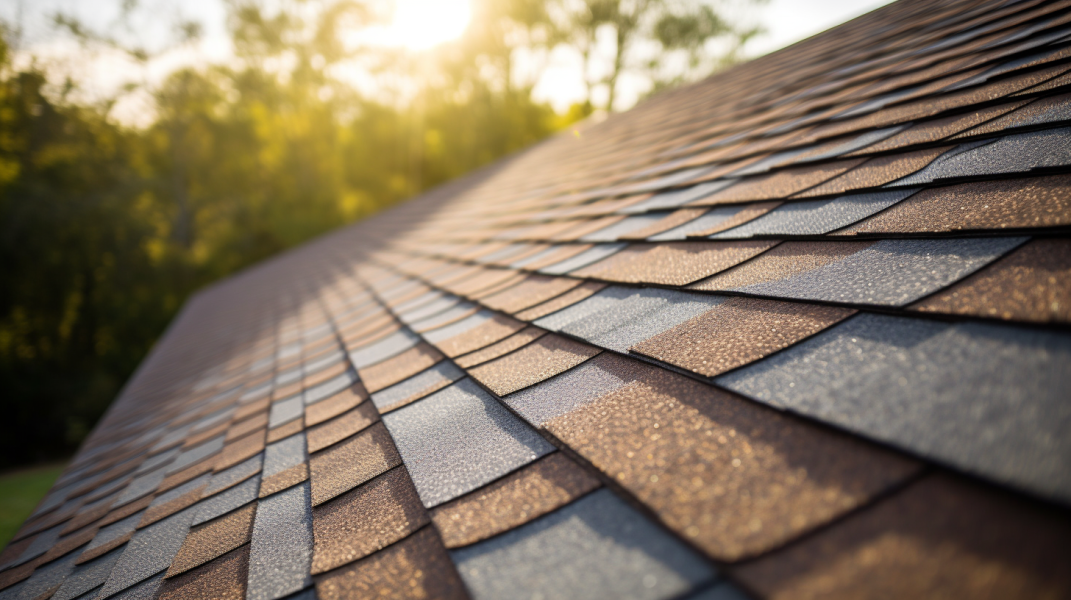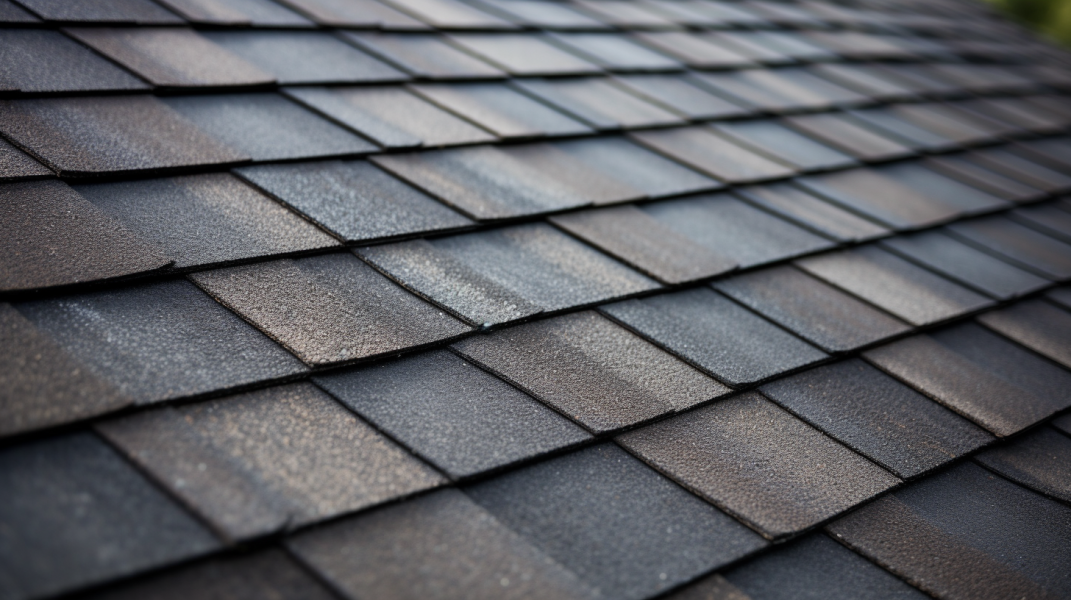Hip Roof vs. Gable Roof
When it comes to roofing, the design you choose plays a pivotal role in both aesthetics and functionality. Two of the most popular styles are the hip roof and the gable roof. Each has its own set of advantages and disadvantages, and the choice often boils down to personal preference, architectural design, and regional weather conditions. Let's delve into the intricacies of both to help you make an informed decision.
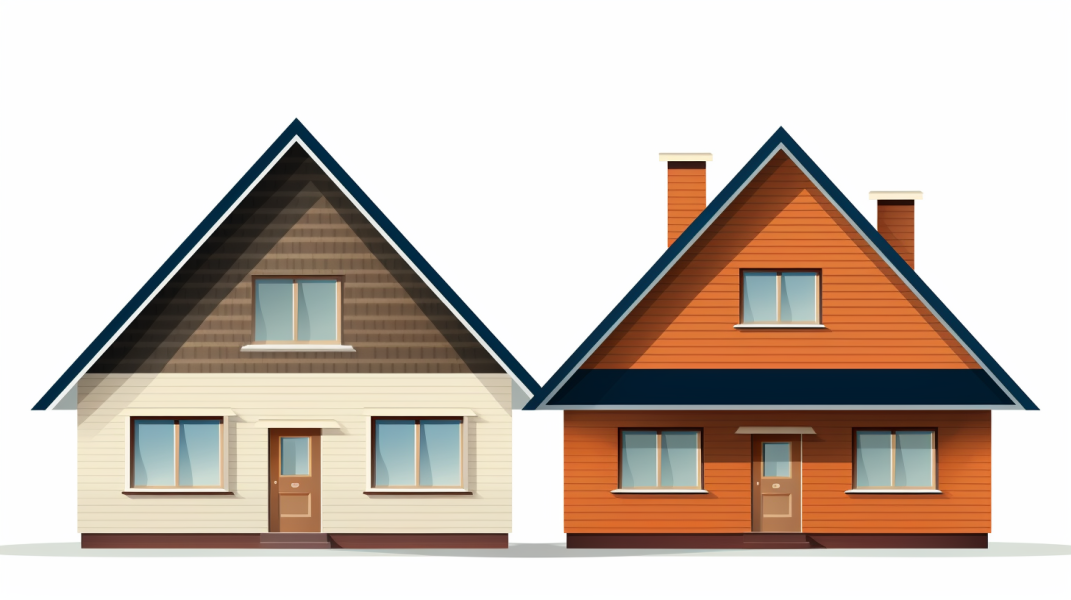
Understanding the Hip Roof
A hip roof, often referred to as a hipped roof, is characterized by its sloping sides on all four edges. Unlike some other designs, it doesn't have a flat face. This design is prevalent in suburban houses and is a common sight on church steeples with high pitches.
Key Features of a Hip Roof:
- Uniform Sloping: All sides of the roof slope downwards from the peak, making all the walls beneath the roof of equal height.
- Variations: There are multiple designs of hipped roofs, such as the simple hip roof, half-hipped roof, pyramid hip roof, and the cross-hipped roof.
Benefits of a Hip Roof:
- Wind Resistance: Hip roofs are exceptionally stable against high winds due to their aerodynamic design.
- Rainwater Management: The four-way slope ensures efficient runoff of rainwater and debris.
- Insurance Discounts: Some insurance companies offer discounts to homeowners with hip roofs, especially in hurricane-prone areas.
Drawbacks:
- Cost: They can be more expensive due to the need for additional roofing materials.
- Limited Attic Space: The design may offer less room for an attic compared to gable roofs.
Gable Roof Explained
Distinct from the hip roof, a gable roof has at least one flat end, known as a gable. It consists of two sloping sides that converge at a ridge, forming triangular sections at the ends.
Key Features:
- Design Variations: Gable roofs come in various designs, including the box gable, front gable, cross gable, and the increasingly popular saltbox roof.
Benefits of a Gable Roof:
- Cost-Effective: Generally less expensive than hip roofs due to simpler designs and fewer materials.
- Ventilation: Offers better attic ventilation, which is crucial for maintaining the longevity of your roof.
- Aesthetic Flexibility: Provides more opportunities for decorative embellishments.
Drawbacks:
- Wind Vulnerability: Gable roofs can be susceptible to damage in high winds.
- Construction Complexity: They can be more challenging to build than hip roofs due to varying wall heights.
Can You Combine Both Designs?
Yes, there are designs that merge the features of both hip and gable roofs. For instance, the Dutch gable roof is a blend of a gable roof atop a hip roof base. Another design, the jerkinhead roof, combines elements of both styles.
Cost Implications
While hip roofs are generally more expensive due to their intricate designs, the exact cost varies based on factors like shingle type, roof size, and additional fees. For instance, an average asphalt shingle roof's cost can range widely, while metal roofs have their own pricing spectrum. It's always advisable to get a personalized quote for a clearer picture.
When to Consider Roof Replacement
A roof's longevity is crucial. Signs that you might need a new roof include leaks, sagging, increased energy bills, or visible light cracks in the attic. If your roof is over 20 years old or if you notice neighbors replacing theirs, it might be time to consult professionals like Nova Home Improvements, a leading roofing contractor in Chicopee MA.
Conclusion
Whether you're leaning towards a hip roof or a gable roof, the decision should align with your home's architectural style, your budget, and the prevalent weather conditions in your area. If you're considering roof repairs service in Chicopee MA or roof replacement in Chicopee, reach out to experts like Nova Home Improvements for guidance and a seamless experience.






